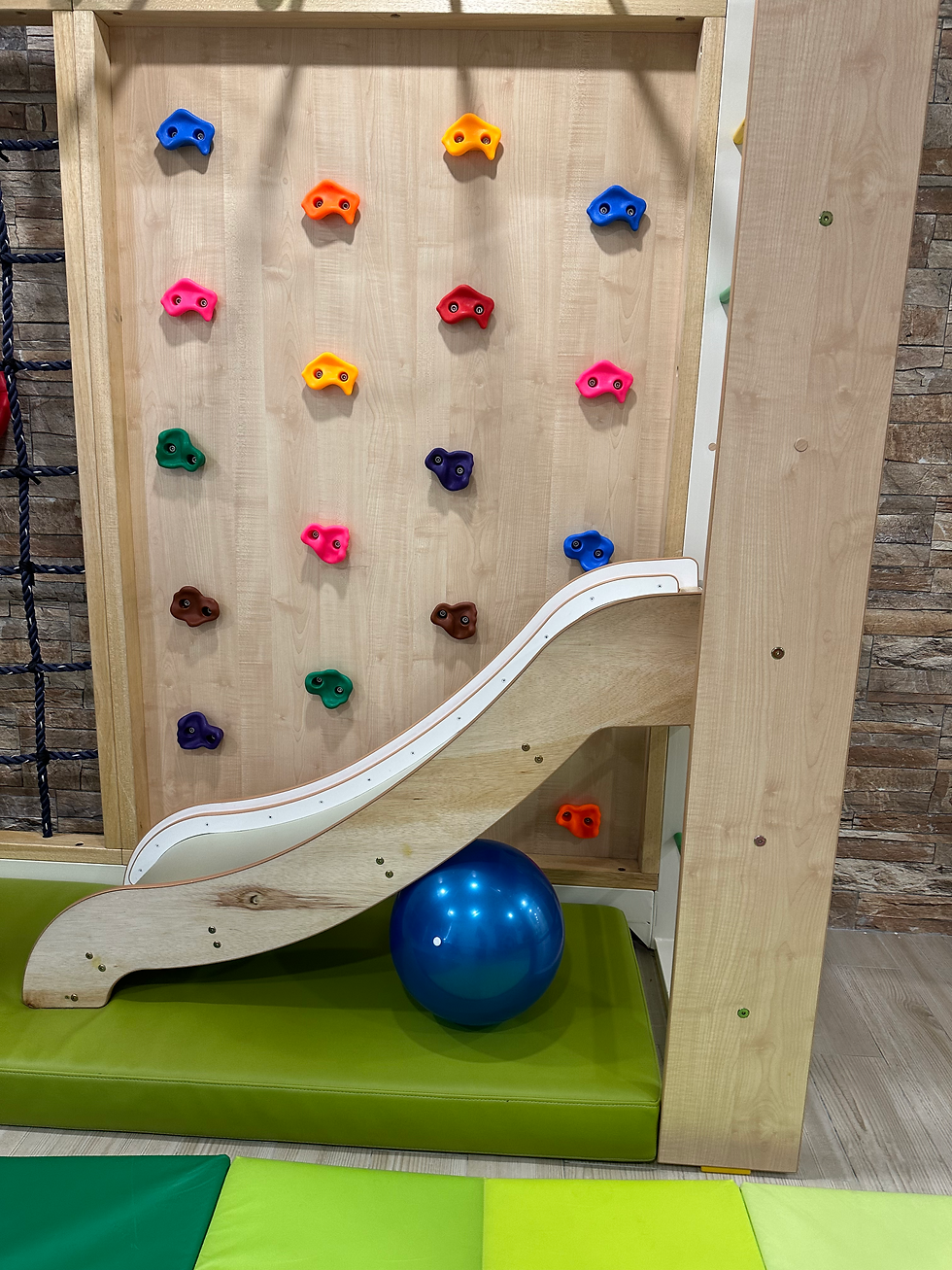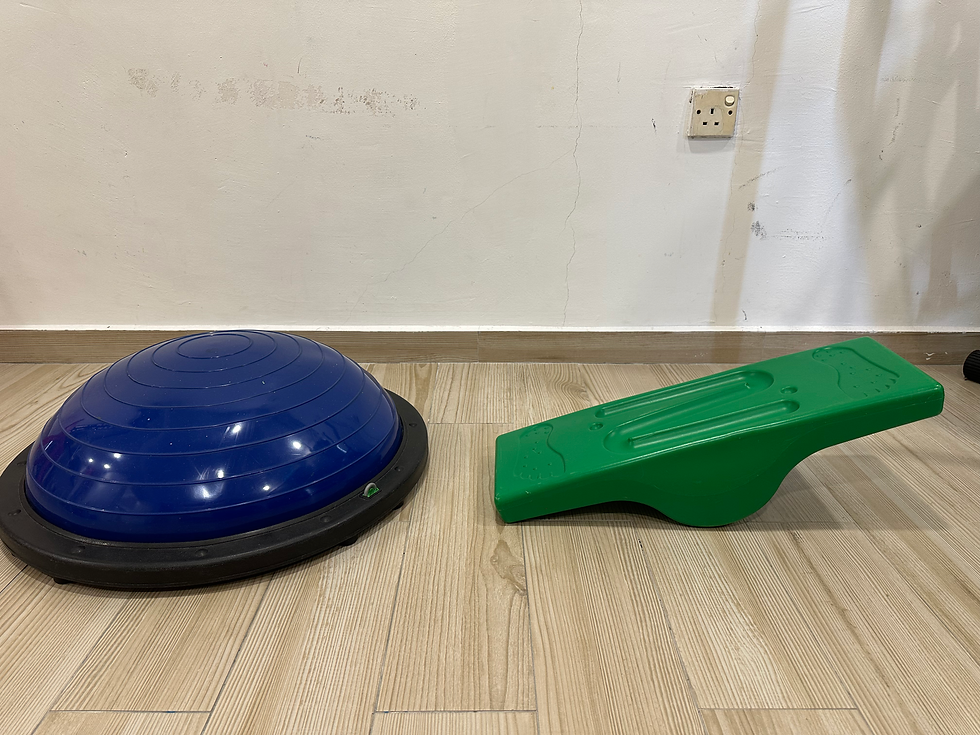Three Important Domains of Sensory Integration for Children
- Nur Fatin
- Mar 4, 2024
- 2 min read
What is Sensory Integration?
Sensory Integration is also known as SI.
It is a framework conceived by Dr. A. Jean Ayers, Ph.D in 1970s guided by the principle of ‘inter-sensory integration is foundational to function’.
Meanwhile, dysfunction in sensory integration may lead to difficulties in development.
Hence, an enormous number of children with sensory processing deficits have difficulties regulating their responses to everyday situations including feeding or eating, dressing, playing and socializing where it usually takes place in the home, community, schools, and clinics and incorporated into play.
The Importance of Sensory to Children
To gain appropriate adaptive response to everyday stimuli.
To help in children's developmental, behavioral, and learning issues such as ASD, attention deficit hyperactivity disorder, developmental coordination disorders
To stimulate children by reducing stress, increasing adequate adaptive responses to sensory stimuli, concentrations, and social interactions.
To organize the sensory system by improving the nervous system's sensory processing, organization, integration, and motor planning.
(Guardado & Sergeant, 2023)

Pyramid of learning has shown that sensory processing is fundamental for children’s development in many aspects followed by good performance of sensory processing.
The Activities for Children for Their Sensory Input (therapists, teachers, parents).
Tactile
Tactile processing is referred to as the sense of touch in a way a body perceives and responds to input on the outermost system of the body: skin and nerves and muscles underneath.
When a child's tactile sensitivity is impacted, they may exhibit behaviours such as withdrawing from physical contact, avoiding touching substances like sand or paint, and steering clear of specific types of clothing.
Sensory Brush (Wilbarger)  |
|
Deep pressure massage |
|
Messy Play  |
|
Walk on different textures of mats  |
|
Ball tapping/rolling on body |
|
playdough/theraputty |
  |
Proprioceptive
Proprioception processing is referred to as the sense of the different body parts are, how they move and how much strength our muscles need to use in receiving proprioceptive input from our sensory receptors located in our skin, muscles and joints.
When a child's proprioceptive system is underdeveloped, they often exhibit a lack of awareness of their body when standing, walking, or sitting, and may find it challenging to manipulate small objects.
Joint compression |
|
Jumping/hooping |
|
Climbing  |
|
Wheelbarrow walk/crab walk/prone lying |
|
Stress Ball/Squeeze  |
|
Vestibular
The vestibular processing tells us where our body is in relation to gravity, where it is moving to and how fast. Vestibular receptors, located in the inner ear, tell the brain the body’s position and where it is in space, key to balance and coordination, among other things.
When a child is sensitive to vestibular stimulation, it may manifest as a fear of activities such as using swings, slides, climbing stairs, or engaging in crawling and walking. These children are often perceived as "clumsy." Conversely, when a child lacks vestibular stimulation (hyporeactive vestibular system), they may exhibit aggressive behaviors, such as frequent jumping or spinning.
Gym ball |
|
Slide |  |
Swing |
|
Balance Beams  |
|
Bosu Ball/Balance Board  |
|
Trampoline |
|
Crawling |
|
Climbing/monkey bar  |
|
*Example of Sensory Circuit:




Comments